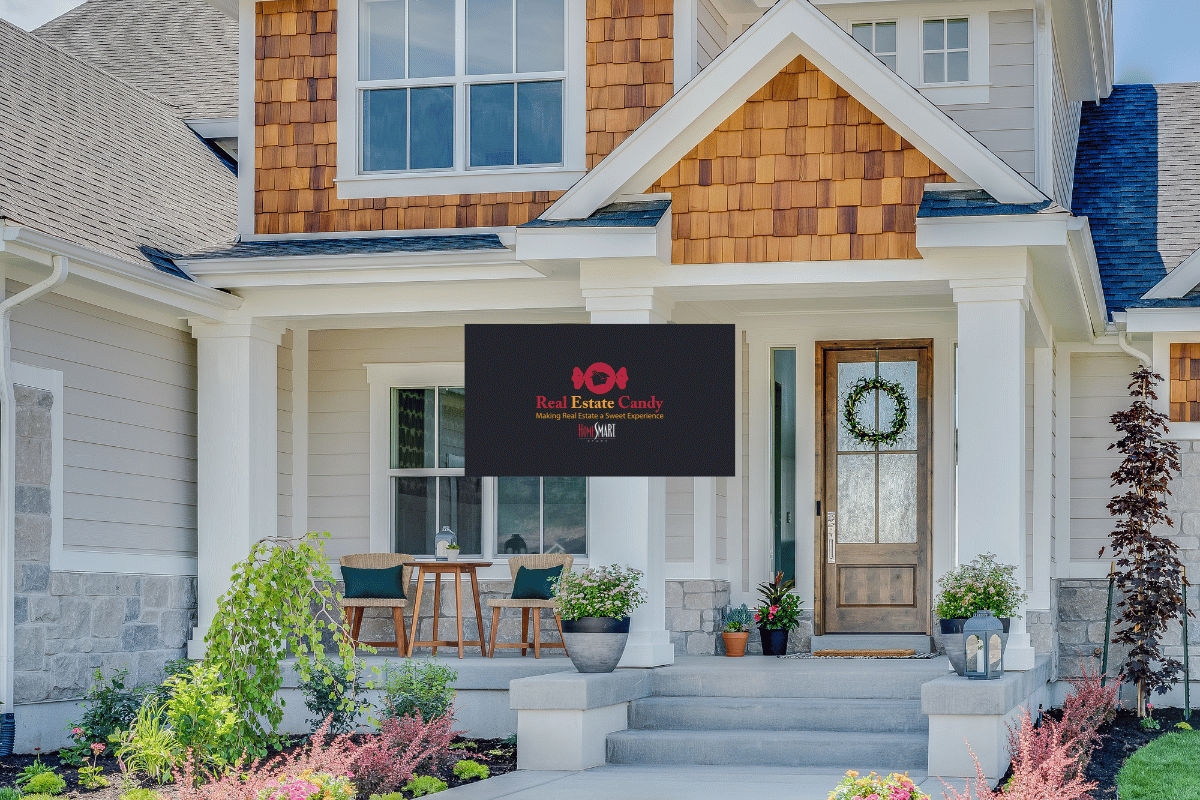Buying a new construction home is an exciting milestone, but before you celebrate your first anniversary in your new place, there are a few important tasks to tackle to ensure your investment is in tip-top shape. As a real estate agent specializing in new construction homes in the greater DFW area, I often advise my clients to make sure they review the following items before their one-year warranty period expires. Here are my top recommendations:
1. Schedule a Warranty Inspection
Most new construction homes come with a one-year builder’s warranty that covers defects in materials and workmanship. Before the end of this period, it’s crucial to hire a professional inspector to identify any potential issues. Even if your home seems perfect, there might be problems you’re unaware of, such as leaks, faulty electrical wiring, or poorly sealed windows. Having an expert go through your home will ensure any necessary repairs are handled under warranty.
2. Check for Settling Cracks
New construction homes often experience settling during the first year. This can lead to minor cracks in the walls, floors, and ceilings. While small cracks might seem harmless, they could indicate larger structural issues. Take the time to inspect your home and note any visible cracks or gaps. Document them, and if they’re significant, notify your builder immediately.
3. Inspect Windows and Doors
Doors and windows can shift during the first year due to settling. Make sure they open and close smoothly, and check for drafts around the frames. If you notice any gaps, it could mean that the seals need to be adjusted. This not only improves energy efficiency but also ensures your home stays comfortable year-round.
4. Test All Systems
Your home’s systems—including plumbing, electrical, HVAC, and appliances—should be working flawlessly. Before the warranty period ends, test everything. Run the dishwasher, flush all toilets, check water pressure, and ensure the heating and cooling systems are functioning properly. This is also a good time to schedule routine maintenance for your HVAC system to avoid potential issues down the road.
5. Inspect the Roof and Gutters
Over the first year, your roof and gutters may have been exposed to various weather conditions. Take a moment to check for missing shingles, leaks, or damage, especially after storms. Clean out the gutters to ensure they’re free of debris and draining properly. Address any issues you find with your builder to avoid expensive repairs later.
6. Review Your Homeowner’s Manual
Your builder likely provided you with a homeowner’s manual that includes warranty details, maintenance guidelines, and contact information for service providers. Familiarize yourself with this information, and keep it in a safe place for easy access. Knowing what’s covered under your warranty can save you time and stress if you need to request repairs.
7. Landscaping and Exterior Maintenance
While the focus is often on the interior, don’t forget to check the exterior of your home. Make sure that drainage around the foundation is working correctly and that your yard isn’t causing any water to pool near the house. If you had any initial landscaping installed, check the health of the plants and trees, and make sure they’re thriving. Address any grading issues that could lead to water damage.
8. Keep Records of All Communications and Repairs
Throughout the first year, maintain detailed records of any issues, repairs, or communication with your builder. This includes photos, emails, and receipts. Having thorough documentation will make it easier to address concerns with your builder and ensure they fulfill their warranty obligations.
Final Thoughts
Taking a proactive approach in the first year can help you maintain your new home’s value and ensure that any potential problems are addressed before they become costly. If you have any questions about what to look for or how to work with your builder, feel free to reach out. As your Carrollton and DFW area real estate expert, I’m here to make sure your new construction experience is as smooth as possible.




